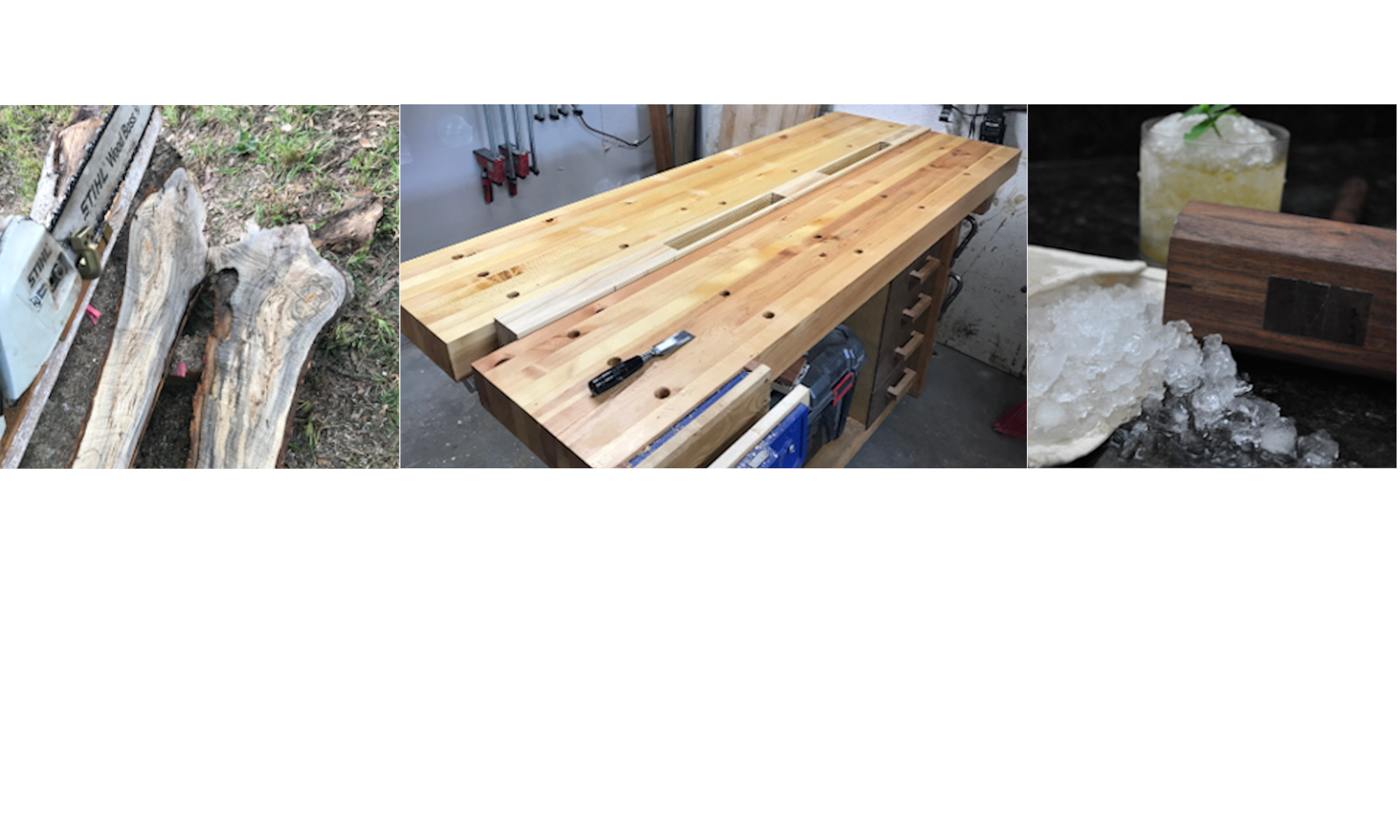Finishing up Planking and Flipping the Trad Grandy
The planking for the traditional Grandy is complete. In all there were 8 strakes totaling 16 planks. All of the students in our group had the opportunity to hang a strake on the boat. The process out lined previously was followed for all of the strakes with a few differences depending on how much shape the plank was asked to endure. The planks were fastened together on the overlaps with copper rivets. However, the frame locations were skipped, the frames will also be attached via rivet. In addition, cradles were made to hold the boat in an upright position. This was done by patterning the hull at two stations and reusing some of the mold material to cut out the cradles. The cradles allow us to flip the boat and start working on the interior





Once the boat is flipped a number of projects can be worked on simultaneously. One of those is fitting the previously fabricated centerboard trunk. The trunk is held in place by 14 bolts through the keel and apron. The centerboard trunk is installed prior to framing because the frames butt into the trunk at its base. Another project that being worked is carving the final transom shape. This required consulting the old production boat and the plans.





The next big project was framing, this boat has 32 frames made from white oak (3/4” x 1/2” in cross section). The white oak was milled from timber that was green (dried as little as possible). Green wood more readily accepts shaping when steamed facilitating the bending process. The boards were milled but framing wasn’t set to commence until the next week so they spent the weekend bundled up in the bay. The idea is that they won’t continue to dry and may even absorb more moisture. Frames span from port to starboard sheer except at the centerboard trunk and a few frame bays in the bow. In those locations the frame are shorter, terminating at the centerboard trunk or apron depending on location. When it came time to steam bend the frames they were placed in the box for a minimum of 15 minutes. Once removed they are gently pushed down into place. The process of steaming softeners the lignin and allows the wood fibers to slide against one another. One must work quickly to get the frames into place before they cool. Once in place the frame is screwed to the apron (where appropriate) and then riveted through the laps of the planking. It took us two days to frame the entire boat.







Once the frames were installed we could turn to the process of finishing some of the components along the sheer. For this boat this includes the breasthook which ties the stem and the planking together at the bow. The quarter knees, which tie the transom to the planking at the stern. And finally they inwale and gunwale, longitudinal members that give the sheer its structure along the length of the boat. The breasthook and knees are patterned then fitted, and attached with screws. The longitudinals are fitted for and aft with test pieces, then with some clever marking they are cut to the proper length.





Sporty boat
Both boats are close with regard to progress, with that we did one of our first objective comparisons. The fully planked traditional boat hull, prior to frames weighed 110 lbs, while the glassed contemporary boat hull prior to fit out weighed 160 lbs. I think we were expecting the traditional boat to be heavier, but in hindsight this isn’t a heavily build fishing boat. Prior to flipping the contemporary boat a veneer of Khaya was glued to the transom. This detail will be left bright providing a nice aesthetic. A keel was fabricated from fur for durability. Prior to installation, the centerboard slot was cut into the keel, along with a dado to accept the skeg. The slot was used as a template to cut a matching mortise in the apron. The keel was adhered to the boat with epoxy using screws as clamps. Once the keel was installed the skeg could be fabricated. The skeg is a piece of marine plywood cut to shape and fitted into the keel dado. To help with durability a grove was cut in the lower edge of the skeg which was filled with epoxy thickened with additives for strength. Finally, cradles are fabricated using an identical method to the traditional boat.







Once flipped work commences similar to the traditional boat minus steam bending frames. Transom is shaped, the breasthook, quarter knees, inwales and gunwales are fabricated. Assembly is different from the traditional boat because all of these components are attached to the boat with no fasteners. In addition the interior of the boat is sanded fair and coated with epoxy (additional fiberglass is not required).





